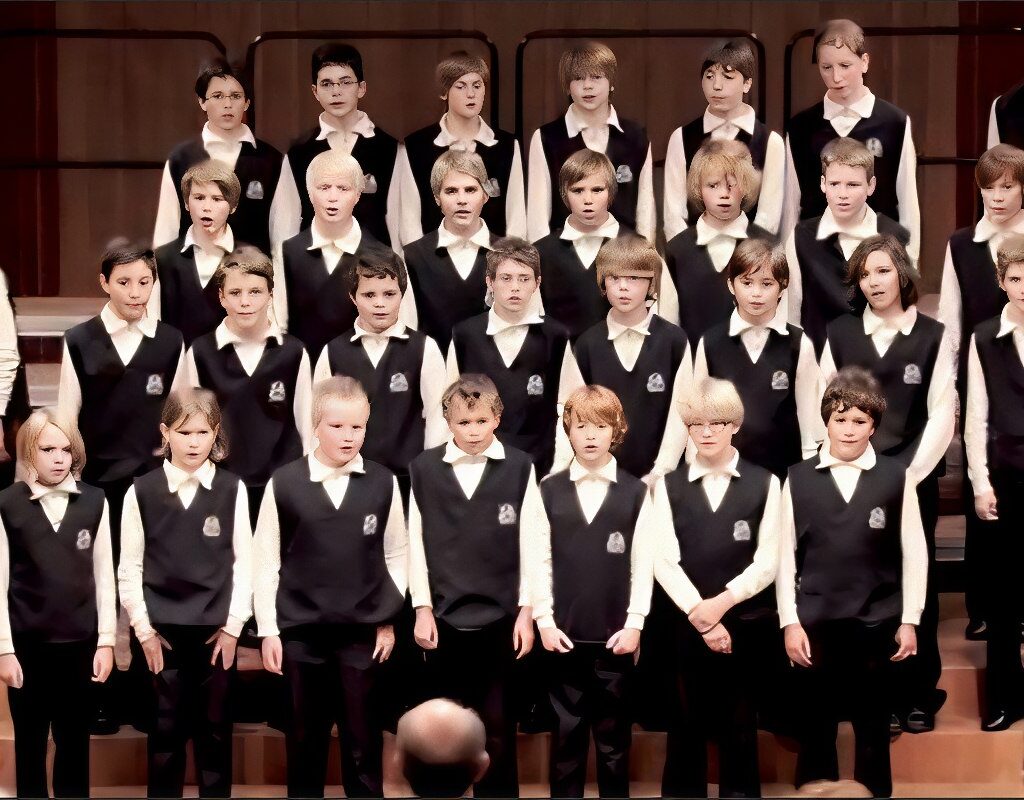In Wuppertal, Germany, an event orchestrated by the International Children’s Fund turned a children’s choir performance into a poignant message about a reality affecting children across the globe.
Voices for Hope
A Children’s Choir Transforms “Mad World” into a Call Against Child Mortality
During the concert, the audience witnessed an unusual and touching rendition: children began performing “Mad World,” a song noted for its melancholy and emotional depth, originally by Tears for Fears.
Yet, this performance harbored a heart-wrenching surprise.
As the song unfolded, one child after another ceased singing and exited the stage, leaving spectators in a state of wonder and curiosity.
This symbolic gesture continued until, by the song’s end, only one child remained before the audience, unveiling the purpose behind the performance:
“Every 3 seconds, the world loses a child to preventable causes.” This potent message aimed to jolt the audience’s consciousness and underscore the urgency of combating the preventable conditions that claim the lives of thousands of children daily.
Beyond the Music: “Mad World” in the Fight Against Child Mortality
The dramatism of the performance, with children vanishing from the stage one by one, served as a striking visual metaphor for child mortality. The goal of this act was to commemorate Universal Children’s Day while simultaneously issuing a call to action to prevent these tragedies.
The NGO behind this event, the International Children’s Fund, focused its message on the critical need to address the preventable causes of child deaths, such as hunger, preventable diseases, and lack of access to clean water and basic health services.
This performance not only left a lasting impression on those who attended but also sought to widen its impact to inspire meaningful change.
Choosing “Mad World” as the anthem for this performance was deliberate; its lyrics, contemplating confusion and despair, intertwined seamlessly with the message the International Children’s Fund wished to convey.
In the end, the act was not just a reminder of the grim statistics of child mortality but also a powerful call to empathy and collective action to make the world a safer place for children.





